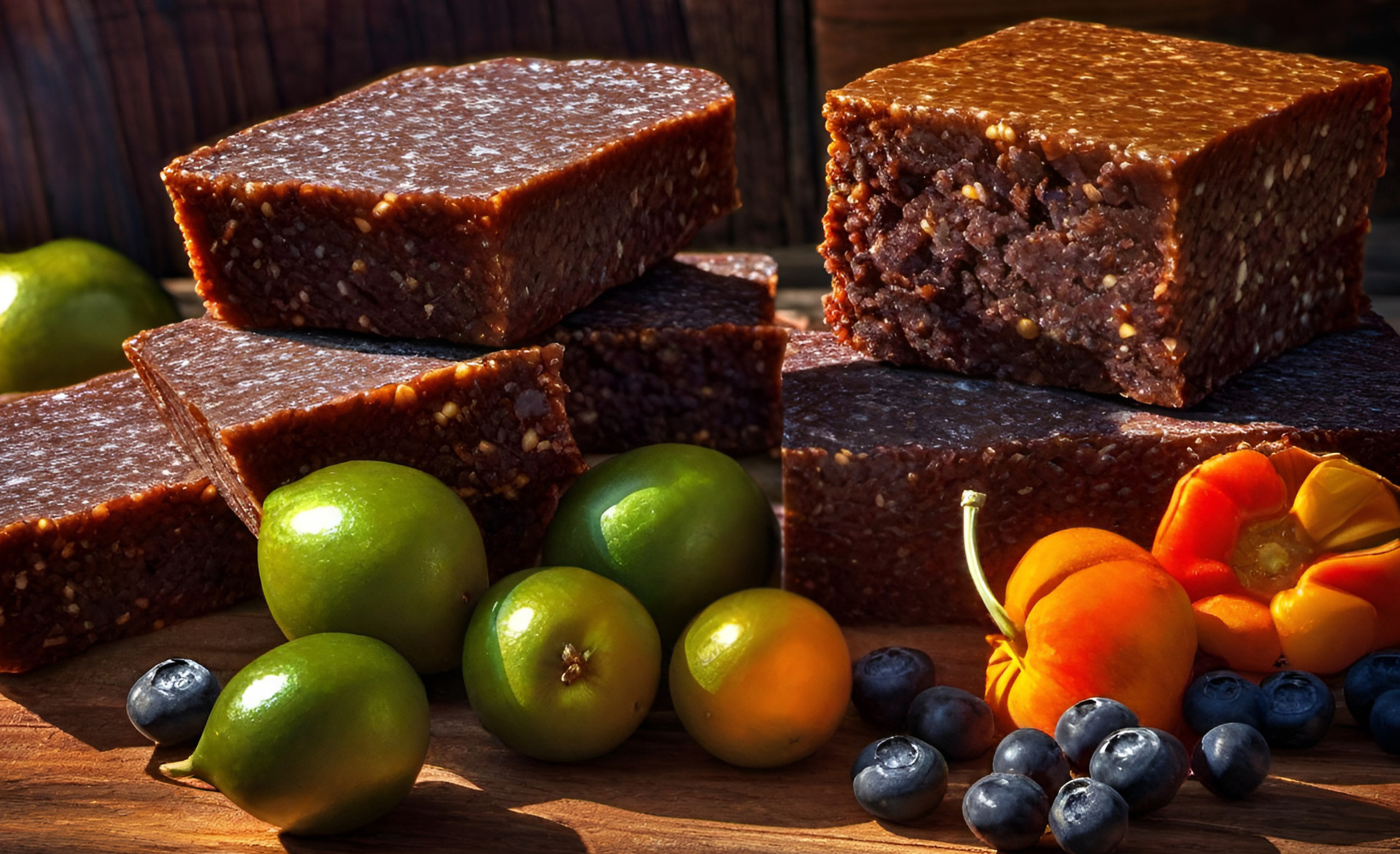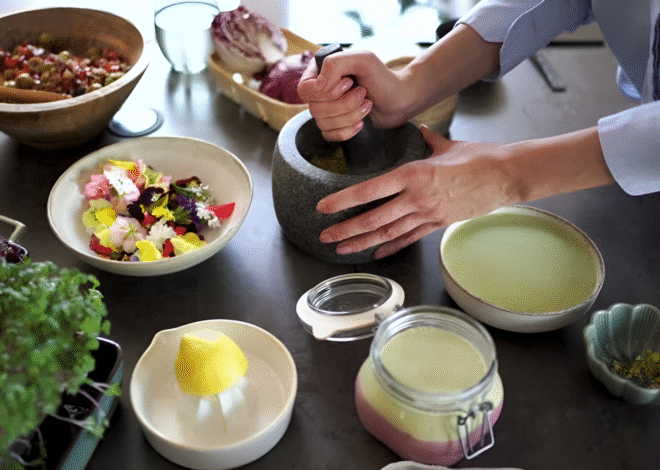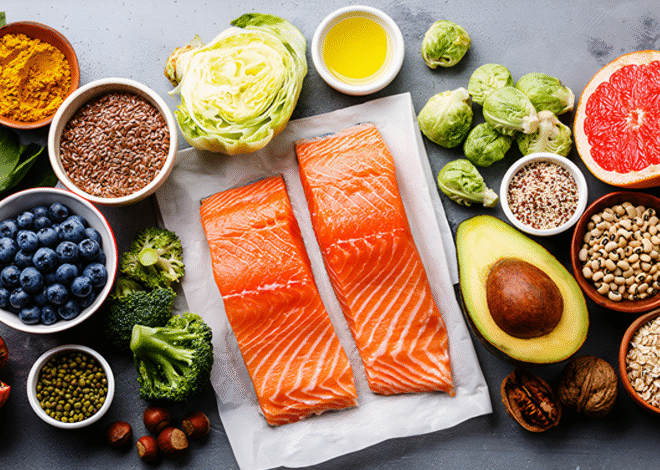
Native American Survival Food
Step into the rich tapestry of Native American survival food, where tradition meets sustenance in a harmonious blend of culture and nourishment. Join us on a journey through time as we explore the diverse array of foods that sustained indigenous tribes for generations, offering not just sustenance but a profound connection to the land and their ancestors.
Discover the resilience and resourcefulness embedded in every ingredient, each telling a story of survival against all odds. Let’s delve into the world of Native American survival food and unlock its secrets to sustainable living.
Traditional Native American Foods
Have you ever wondered what traditional Native American foods entail? The rich culinary heritage of indigenous tribes in North America offers a diverse array of ingredients and preparation methods that have sustained communities for generations. From the hearty Three Sisters crops – corn, beans, and squash – to wild game like bison and venison, Native American cuisine is deeply rooted in utilizing local resources.
Traditional cooking techniques such as smoking, drying, and fermenting were employed to preserve food for long winters or journeys. For example, pemmican – a mixture of dried meat, fat, and berries – provided essential nutrients on hunting expeditions or during times of scarcity. Indigenous peoples also gathered seasonal fruits, nuts, and roots from their surrounding environments to supplement their diets.
The emphasis on sustainable harvesting practices ensured that natural resources were respected and replenished for future generations. This holistic approach to food procurement highlights the deep connection between indigenous cultures and the land they inhabit.
Importance of Sustainable and Nutritious Foods for Survival
As we delve into the realm of Native American survival food, it becomes apparent that sustainable and nutritious choices are vital for thriving in challenging environments. Native American tribes have long understood the significance of consuming foods that not only sustain them physically but also nourish their spirits.
The importance of sustainable and nutritious foods lies in their ability to provide essential nutrients needed for survival. These traditional foods often encompass a diverse range of plant-based ingredients, game meats, and wild-caught fish – all contributing to a well-rounded diet rich in vitamins and minerals.
By prioritizing sustainable practices, Native American tribes ensure the longevity of their food sources for future generations. This deep-rooted respect for nature underscores the interconnectedness between humans and the environment, emphasizing the need to preserve natural resources.
Moreover, incorporating nutrient-dense foods into one’s diet can significantly impact overall health and well-being. Traditional Native American cuisine emphasizes whole ingredients that promote physical strength, mental clarity, and emotional balance – all crucial elements for surviving in challenging conditions.
5 Survival Foods Used by Native American Tribes:
#1- Pemmican
Native American tribes have long relied on a variety of survival foods to sustain themselves in challenging environments. One essential staple is pemmican, a nutrient-dense mixture of dried meat, fat, and berries. Pemmican provides a high energy source that can be easily packed and carried for long journeys.
#2- Acorns
Another key survival food is acorns, which are plentiful in many regions and can be ground into flour or processed to remove bitterness before consumption. The versatility of acorns made them a valuable resource for Native Americans seeking sustainable food options.
#3- Wild Rice
Wild rice, known as manoomin by the Ojibwe people, is another traditional survival food rich in nutrients like fiber and protein. Harvested from shallow lakes and rivers, wild rice has been a vital part of Native American diets for centuries.
#4- Salmon
Salmon was crucial for coastal tribes like the Chinook who depended on its rich oils and proteins for sustenance throughout the year. Tribes developed intricate fishing techniques to catch salmon during spawning seasons along rivers.
#5- Chia Seeds
Chia seeds were utilized by Southwest tribes such as the Aztecs as an excellent source of omega-3 fatty acids and antioxidants. These small yet mighty seeds provided essential nutrients during times when other foods were scarce.
How to Prepare and Store Native American Survival Foods
When it comes to preparing and storing Native American survival foods, traditional methods play a crucial role in preserving their nutritional value and longevity. Tribes across North America have passed down generations-old techniques for drying, smoking, and fermenting various ingredients.
One common practice is pemmican-making, where lean meat is dried and mixed with rendered fat and berries to create a nutrient-dense food that can last for months. Another method involves sun-drying fruits like berries or corn to be used during harsh winters when fresh produce is scarce.
Storing these foods in a cool, dry place helps extend their shelf life while maintaining their flavors. Containers made from natural materials such as clay pots or animal skins were traditionally used for preservation.
By learning these time-honored preparation and storage techniques, we not only honor the traditions of Native American tribes but also gain valuable knowledge on how to ensure sustainable food sources in times of need.
Native American Culture & Preserving Traditional Foods
The rich tapestry of Native American culture weaves a deep connection between the land and traditional foods. For many tribes, food isn’t just sustenance; it’s a sacred link to their ancestors and heritage. The practices of hunting, gathering, and preparing meals are steeped in centuries-old traditions passed down through generations.
Respecting nature’s rhythms and seasons is central to preserving traditional foods. Indigenous communities have long understood the importance of sustainability, harvesting only what is needed while ensuring the land remains fruitful for future generations. This harmonious relationship with the environment underscores the cultural significance of native foods.
From wild game like bison and venison to staples like corn, squash, and beans, each ingredient tells a story of resilience and adaptation. These culinary treasures reflect not only survival strategies but also an intimate understanding of local ecosystems. By safeguarding these time-honored recipes and techniques, Native American cultures uphold their identity amidst modern challenges.
As indigenous peoples continue to reclaim their culinary heritage, they inspire others to appreciate the diverse flavors and wisdom rooted in traditional foods. The role of Native American culture in preserving these culinary traditions serves as a testament to resilience, resourcefulness, and reverence for Mother Earth.
Modern Adaptations and Innovations in Native American Survival Food
In today’s world, Native American tribes are leveraging modern technologies and culinary creativity to adapt traditional survival foods for contemporary living. One innovative adaptation is the use of dehydrators to preserve meats and fruits for extended periods. This method not only enhances shelf life but also retains essential nutrients.
Furthermore, some tribes have incorporated sustainable farming practices into their food production, such as heirloom seeds and permaculture techniques. By growing their own crops, they ensure a fresh and reliable food source that aligns with ancestral traditions.
Another exciting innovation is the fusion of traditional ingredients with modern cooking methods to create new dishes that honor Native American heritage while appealing to diverse palates. Chefs are blending ancient grains like quinoa and chia seeds with indigenous herbs and spices to craft unique flavors that celebrate the richness of Indigenous cuisine.
These adaptations showcase the resilience and ingenuity of Native American communities in preserving their cultural legacy through food.
Conclusion: The Richness and Diversity of Native American Cuisine for Survival
The richness and diversity of Native American cuisine for survival is a testament to the deep connection between indigenous communities and the land. The traditional foods passed down through generations not only provide sustenance but also reflect a profound respect for nature and sustainable practices.
By embracing the heritage of Native American tribes, we can learn valuable lessons about resilience, adaptability, and resourcefulness in times of need. The array of survival foods used by these communities serves as a reminder of the ingenuity and wisdom that have sustained them for centuries.
As we continue to explore modern adaptations and innovations in Native American survival food, let us not forget the roots from which these traditions stem. Let us honor the culture that has preserved these time-honored practices and celebrate the unique flavors and ingredients that make up this diverse culinary landscape.
Incorporating Native American survival foods into our diets not only offers nutritional benefits but also fosters an appreciation for indigenous knowledge systems and ways of life. As we journey towards a more sustainable future, may we draw inspiration from the past to nourish both body and spirit with the bounty of nature’s offerings.



